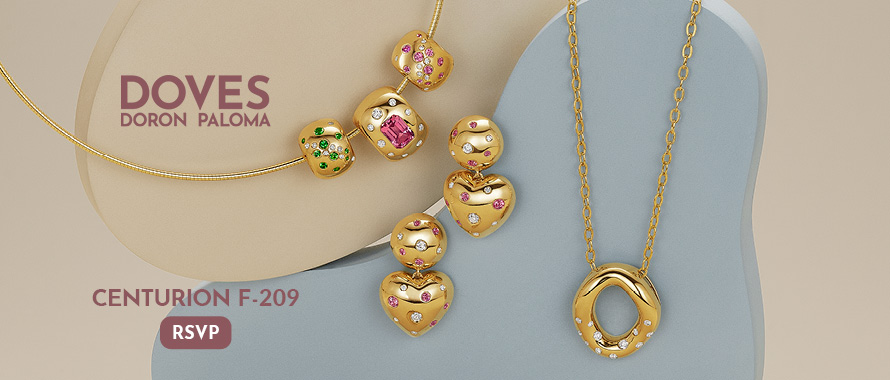Sales Strategy
The Guide | June 15, 2021 (0 comments)

Napa, CA--Guiding a fly-fishing drift-boat as it floats along in a river requires many skills, not the least of which is to keep the fishermen from falling overboard! Fishing guides have to navigate the river, but also have to get their clients to where the fish hang out. In other words, they need to have intimate knowledge of the waterway in which they are fishing.
They also need to know the correct bait to be using on that particular day, the depth of the water in that section of the river and, most importantly, keeping his eyes on the fisherman in the front of the boat as well as the one behind him. Line control, lure placement, avoiding overhanging tree branches and underwater obstacles strewn throughout the river.
This sounds like a lot of management to be done while navigating downstream and, from time to time, rowing upstream to take another pass at a productive section of the river. However, the most challenging job the guide has is to give constant feedback throughout the day. Constant feedback.
I don’t care how many years or decades someone has been fly-fishing, when one is standing in the bow of a boat, managing their own fishing line, trying to keep their line out of the trees and oriented properly given the always-changing river currents and depths, the fishing guide is there to offer guidance. He (or she) talks to you most of the day, from 8 am until you come off the water late in the afternoon or early evening. All day, every day, your fishing guide offers suggestions, corrections and instructions about how to be a better fisherman.
“Do you see that rock about 30 feet away? Cast just to the right of that rock. Abe, mend your line up. Michael, cast five feet to the right of Abe’s line. Set the hook Abe… ABE, SET THE HOOK!” This goes on all day, every day that the guide is working. For most of them, since they love fishing and guiding, this means they are on the water 6 or 7 days each week for months at a time. They instruct a party of two fisherman for a couple of days and then they have to start all over again with a different party of two right after. What does fishing have to do with your jewelry business?
Your business is the boat. The river is the marketplace. The fish are your customers (nothing derogatory meant by that) and the fishermen are your employees. You are the guide.
I shared this analogy at one of our Plexus group meetings since someone asked about written job descriptions and I offered the fly-fishing guide analogy as a contrast to what our jobs are really all about. Constant, ongoing instruction to improve techniques, build knowledge, confidence and most importantly, self-reliance for his fishing clients. In your world, that means your staff.
As the guide, your job is to manage the boat – to steer it through the river, avoiding obstacles while looking for opportunities. You provision the boat with the right equipment and tools necessary for your clients (your staff) to be able to perform at a high level and then provide constant training to produce great results. It’s your job to manage your boat and the people within it.
It’s your job to be the guide.
BIG designs solutions for the wide variety of issues facing the jewelry industry. From the complex and multi-faceted process of merchandising to the challenges of inventory management, BIG has solutions that help jewelers better understand and control their businesses. Call (707) 257-1456 or visit www.bigjewelers.com






